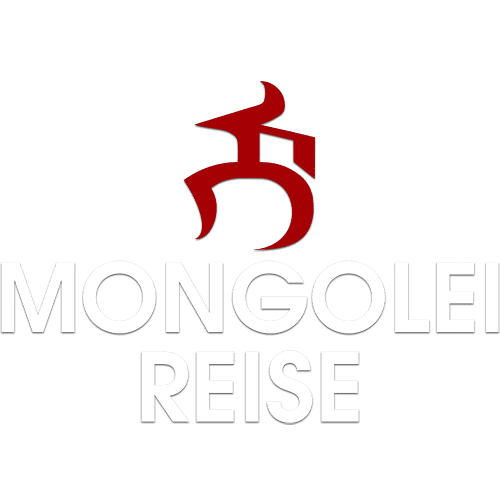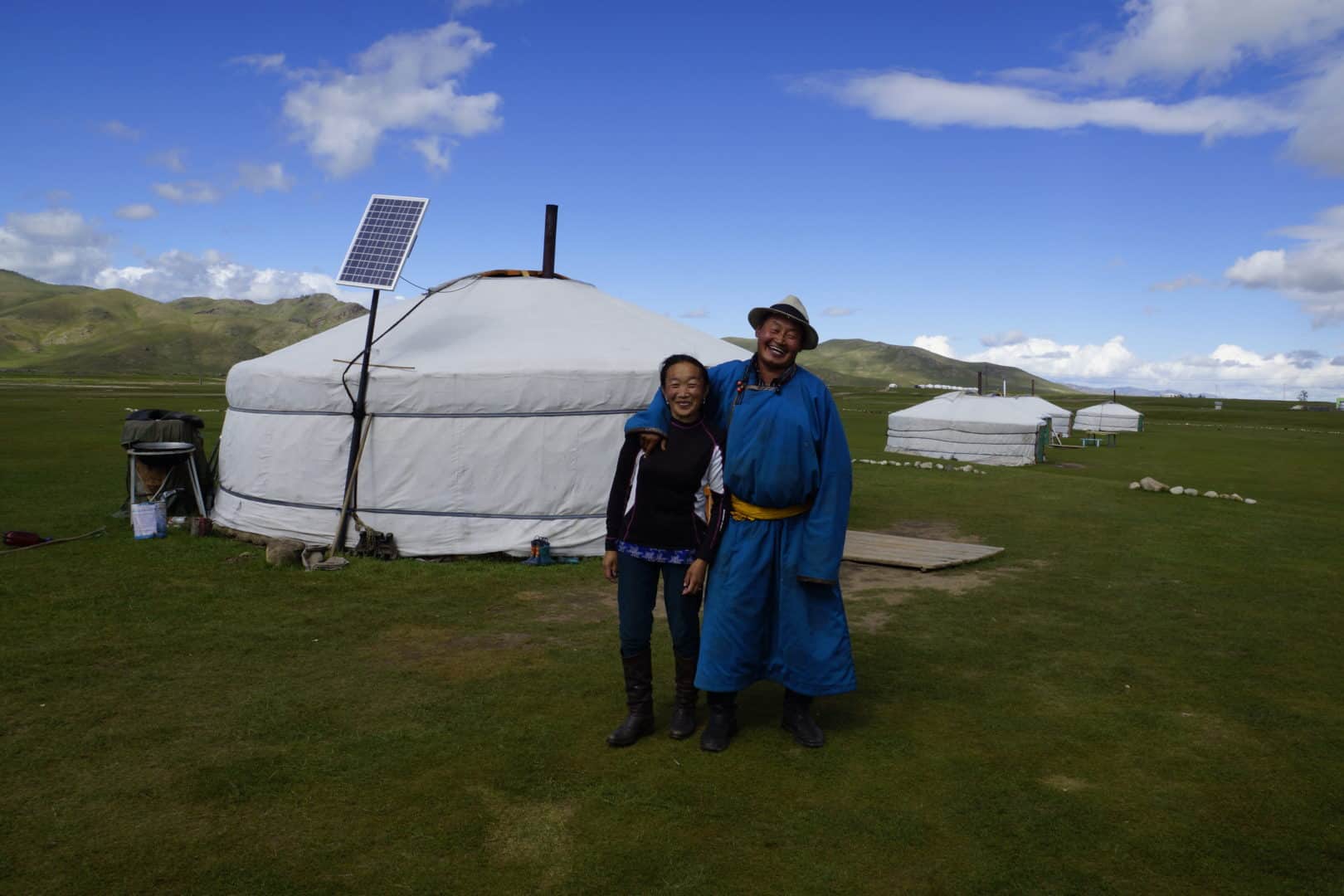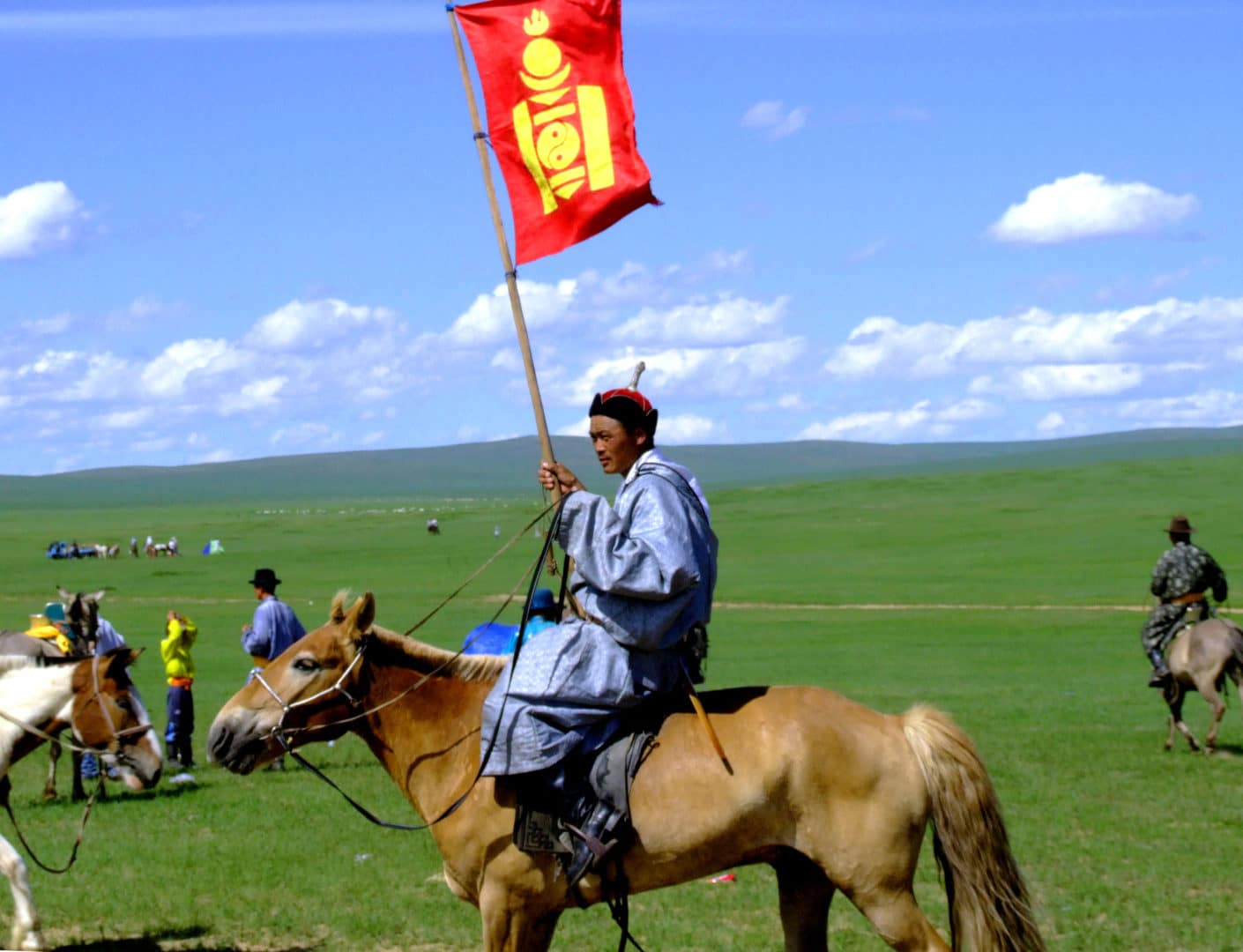Mongolia
Mongolia today
Present-day Mongolia, also known as Outer Mongolia, is in Central Asia and is around five times the size of Germany with an area of 1.565 million km2. This huge area is inhabited by just over 3 million inhabitants, half of whom live in the three biggest cities: Ulaanbaatar, Darkhan and Erdenet. The remaining Mongolians are spread out across the Mongolian steppe. Most Mongolians are Buddhist, but the younger generation also comprises a larger group with no religious background.
Mongolia has only two neighbours, Russia in the north and China in the south. Since 1989 Mongolia has had a democratic constitution.
The history of Mongolia
The Mongolian Empire of the 13th century reached from the Pacific in the east to the earlier German city of Liegnitz (in present-day Poland), and from the central Asian steppe in the north to the south of the Eurasian continent – at that time the territorially largest empire that ever existed. The unification of the Mongolian tribes under Genghis Khan in 1206 was follewed by a series of conquest campaigns that was continued after the death of Genghis Khan in 1227 by his third-eldest son, Ugudei.
A grandson of Genghis Khan’s, Batu Khan, was entrusted with leadership of the western campaign started in 1235. After the conquest of large parts of Russia and Poland, on 9 April 1241, the German army of knights was routed at Liegnitz. Europe as it existed at that time was probably spared mainly due to the death of Ugudei Khan, after which Batu Khan’s army halted its advances.



